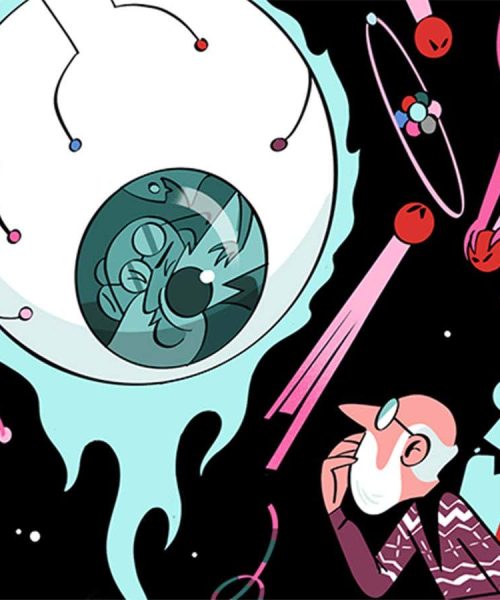
Renaud Vigourt
As you read this sentence, an army of cells patrols your brain. These soldiers slip around neurons, using their gangly appendages to search for threats. If one of them detects a pathogen or injury, it springs into action. Swelling up and descending in a voracious attack, it releases chemicals that signal for its comrades to join the fight.
Known as microglia, these specialised immune cells are our brains’ premier defenders. They protect us from invaders, clear away debris and maintain connections between neurons to ensure the brain remains in peak condition.
Yet, despite their vigilance, microglia can sometimes engage in friendly fire, with a growing body of evidence suggesting they may be the engineers behind some of the brain’s most intractable conditions, such as Alzheimer’s disease and depression. If that is the case, targeting our wayward defenders – or even replacing them with rejuvenated troops – may lead to exciting new therapies.
Microglia were discovered in 1919 by neuroscientist Pío del Río Hortega. While experimenting with novel ways of staining brain tissue, he stumbled across these new cells and named them after the ancient Greek words for “small” and “glue”.
This turned out to be an ill-fitting description. Other than their splotchy appearance, microglia have few glue-like qualities. Instead, they are some of the most dynamic cells in the body, roaming the brain with spindly, tentacle-like projections that expand and retract in response to changes in their environment.
How microglia function
Microglia are a form of macrophage, a type of immune cell whose roles…





